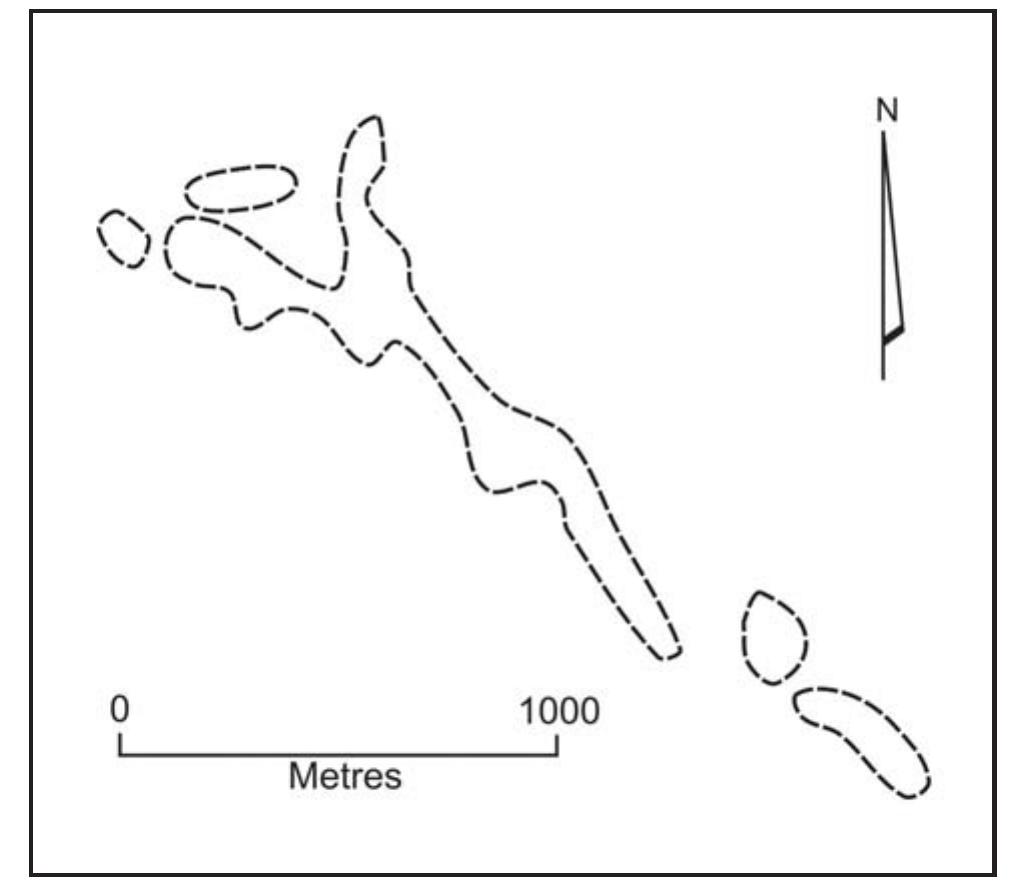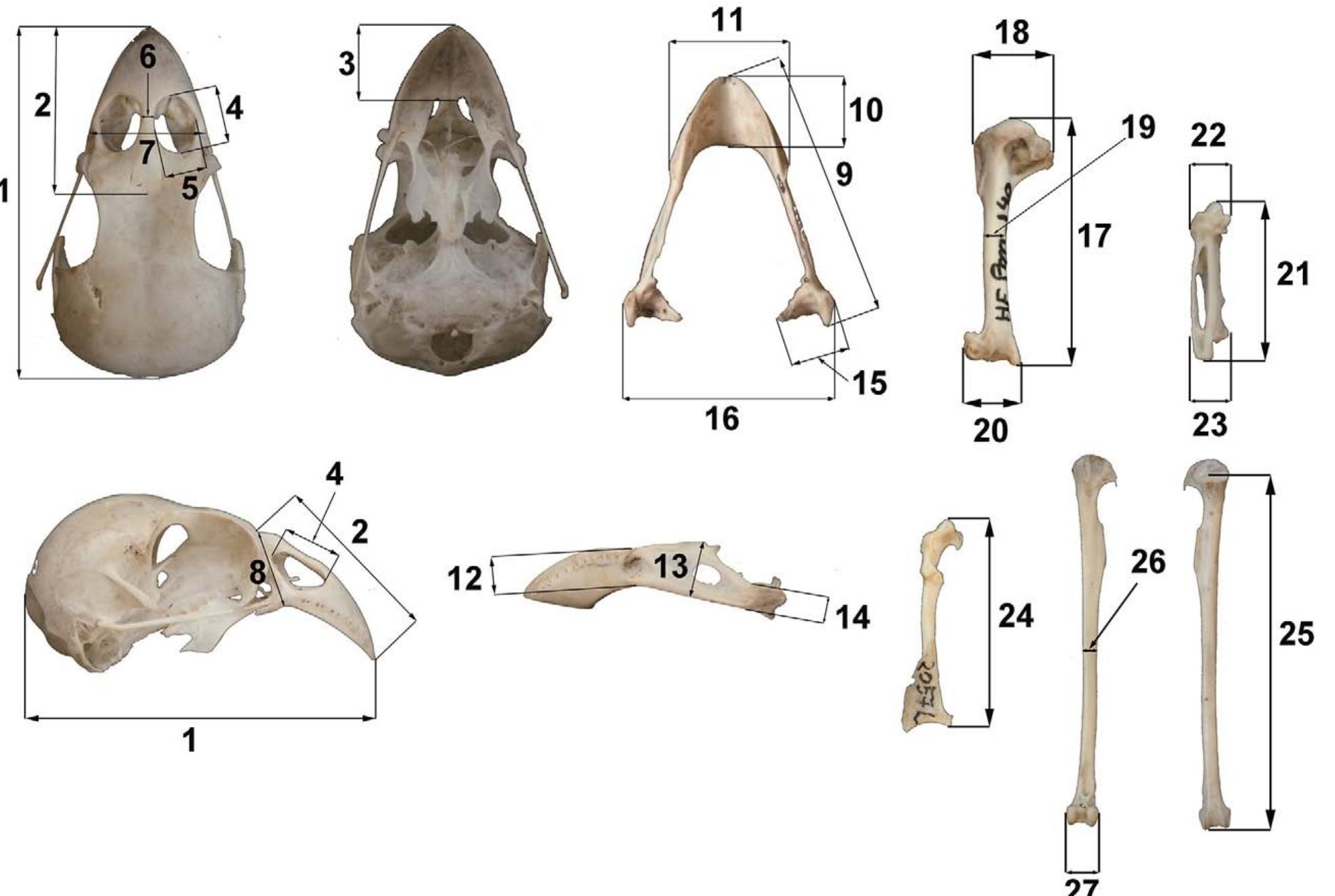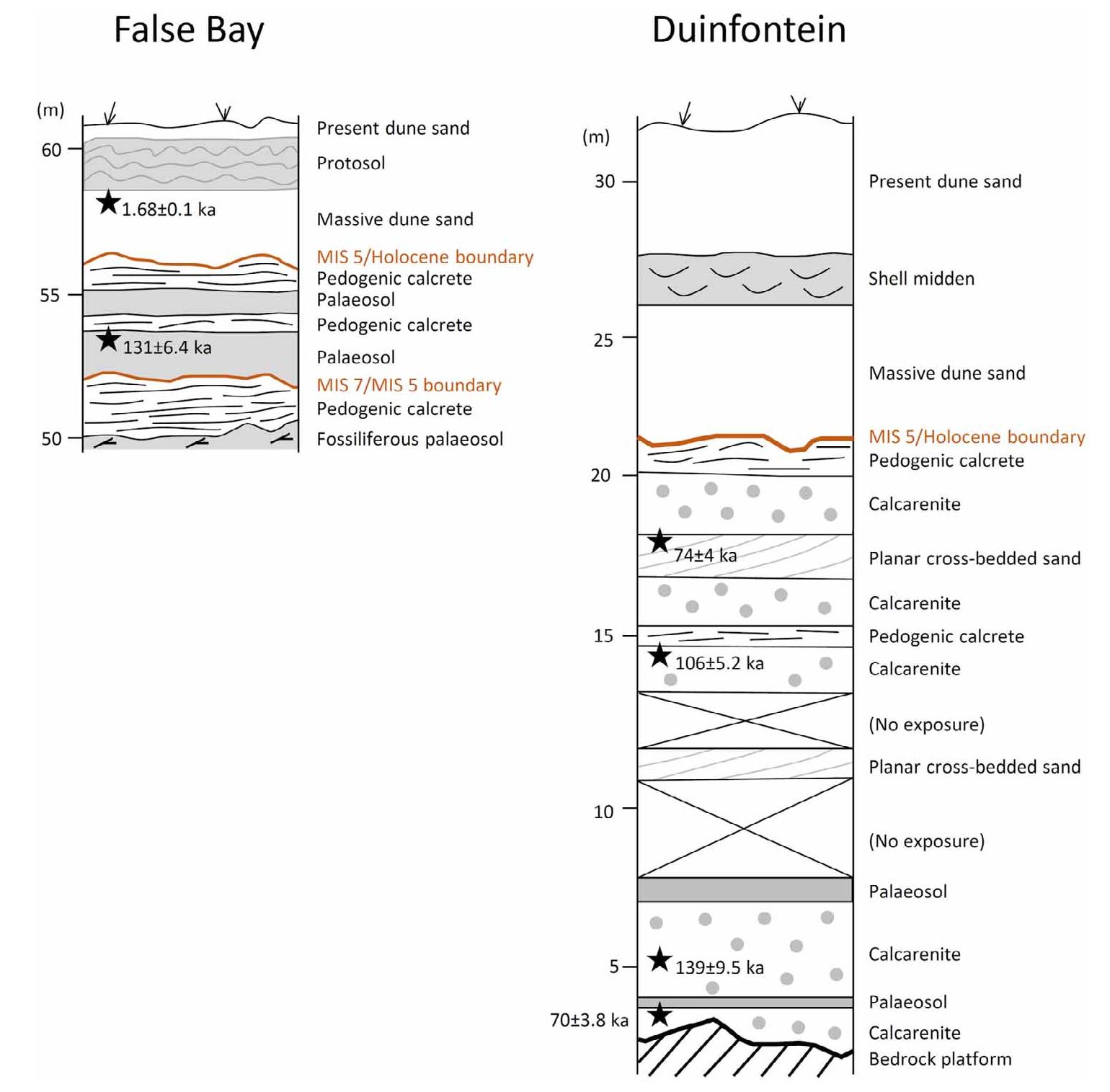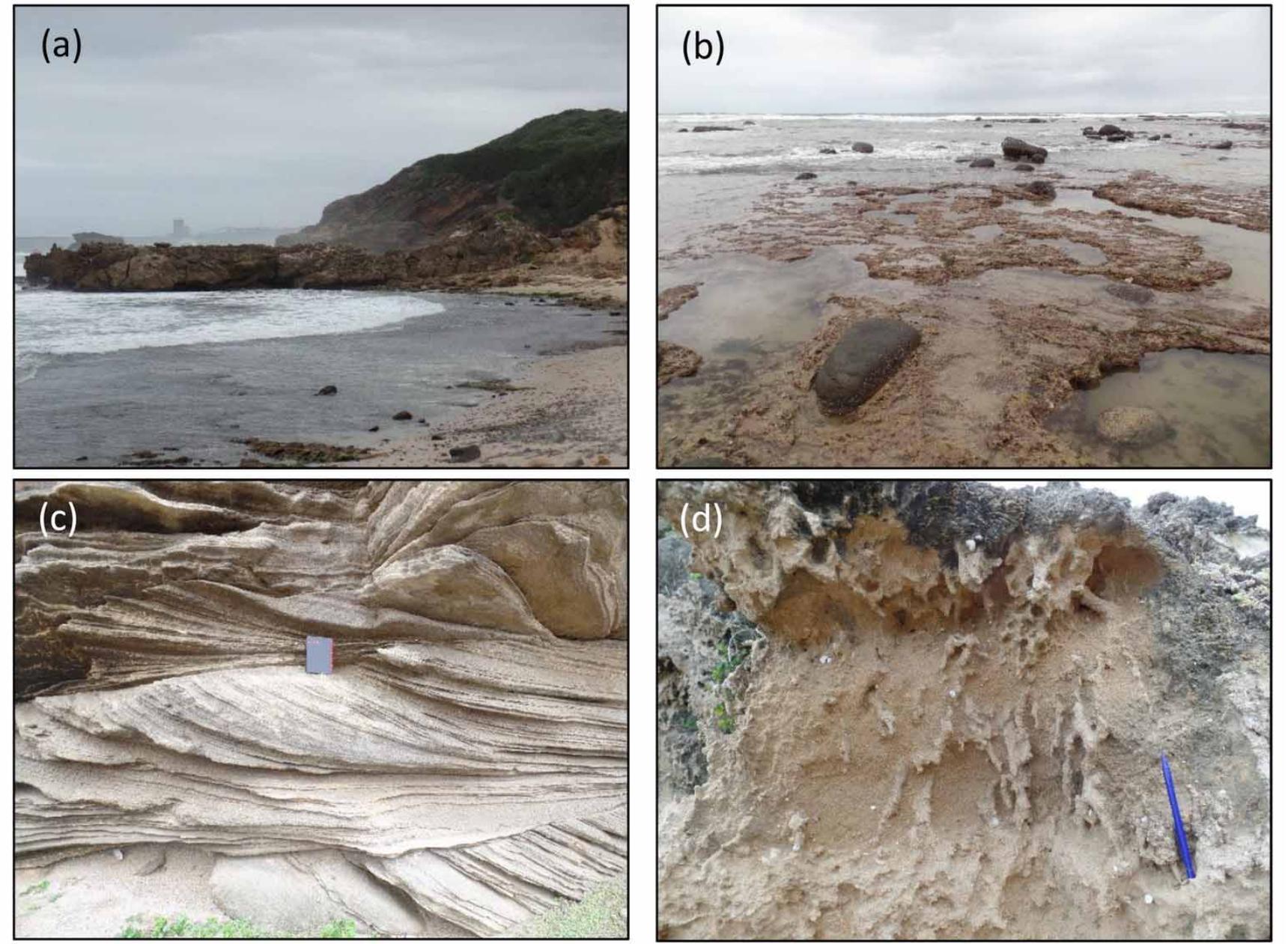Key research themes
1. How did regional climate interactions and feedbacks drive the onset and intensification of Northern Hemisphere glaciation during the Late Quaternary?
This theme focuses on the temporally and spatially heterogeneous climate changes that led to the transition from a warmer Pliocene world to the establishment of pervasive Northern Hemisphere glaciation (NHG) around 2.7 million years ago and its intensification thereafter. Understanding this transition sheds light on the mechanisms and feedbacks within earth system components including ice sheets, ocean circulation, and atmospheric processes that underpin glacial cycles and long-term climate evolution.
2. What do high-resolution paleo-precipitation isotope and terrestrial ecosystem records reveal about spatial-temporal patterns of moisture and temperature during the Late Quaternary?
This research area synthesizes proxies like groundwater δ18O, speleothem, ice core isotopes, and terrestrial vegetation dynamics to unravel spatial and temporal variations in precipitation isotope compositions and ecosystem responses during the Late Glacial to Holocene periods. Such reconstructions enable understanding of latitudinal gradients in moisture sources, temperature seasonality, and climate feedbacks critical to assessing regional climate change dynamics beyond global averages.
3. How can past warm intervals, such as the Last Interglacial and Holocene Thermal Maximum, inform our understanding of future climate change impacts and feedbacks?
Studies of warmer-than-present intervals during the Late Quaternary offer analogues to conditions projected under anthropogenic warming scenarios. By analyzing polar amplification, ice sheet stability, sea-level rise, and ecosystem responses during these periods, researchers aim to identify critical climate thresholds, feedback processes, and potential long-term consequences, thereby improving climate model projections and informing mitigation strategies.























































